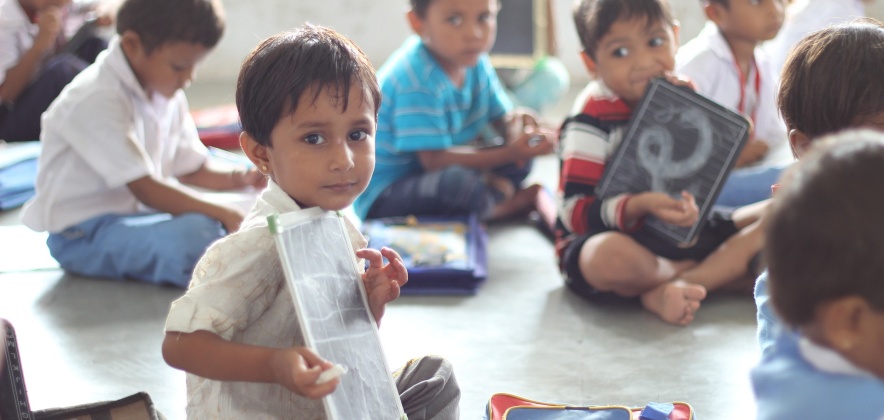
In 2021 the Research Center on Education for Media, Innovation and Technology (Cremit) of the Catholic University and Save the Children proposed using the new construct of “digital educational poverty”, which broadens the concept of “digital divide”. Digital educational poverty is not intended solely as a lack of devices and access to the Internet, nor as denying participation in distance learning; it refers to the lack of acquisition of digital skills, meaning the new alphabets which are fundamental in the post-media society in order to analyze the production and use of different digital contents. The contribution presents the construct, the debate around its measurability and the ways in which a tool has been built to detect it. It also shows the first results of a survey carried out as part of “Digital Connections”, a two-year project carried out by Save the Children with Cremit; the data concern 1976 students of 112 classes in 39 lower secondary schools throughout Italy. The discussion of the tool and the results is aimed at a broader reflection in the direction of identifying a hypothetical Digital Educational Poverty Index (DEPI) on the model of the Educational Poverty Index (EPI).
 Classified "A" by ANVUR in the fields 11/D1, 11/D2 Scientific in the field 14.
Classified "A" by ANVUR in the fields 11/D1, 11/D2 Scientific in the field 14.


